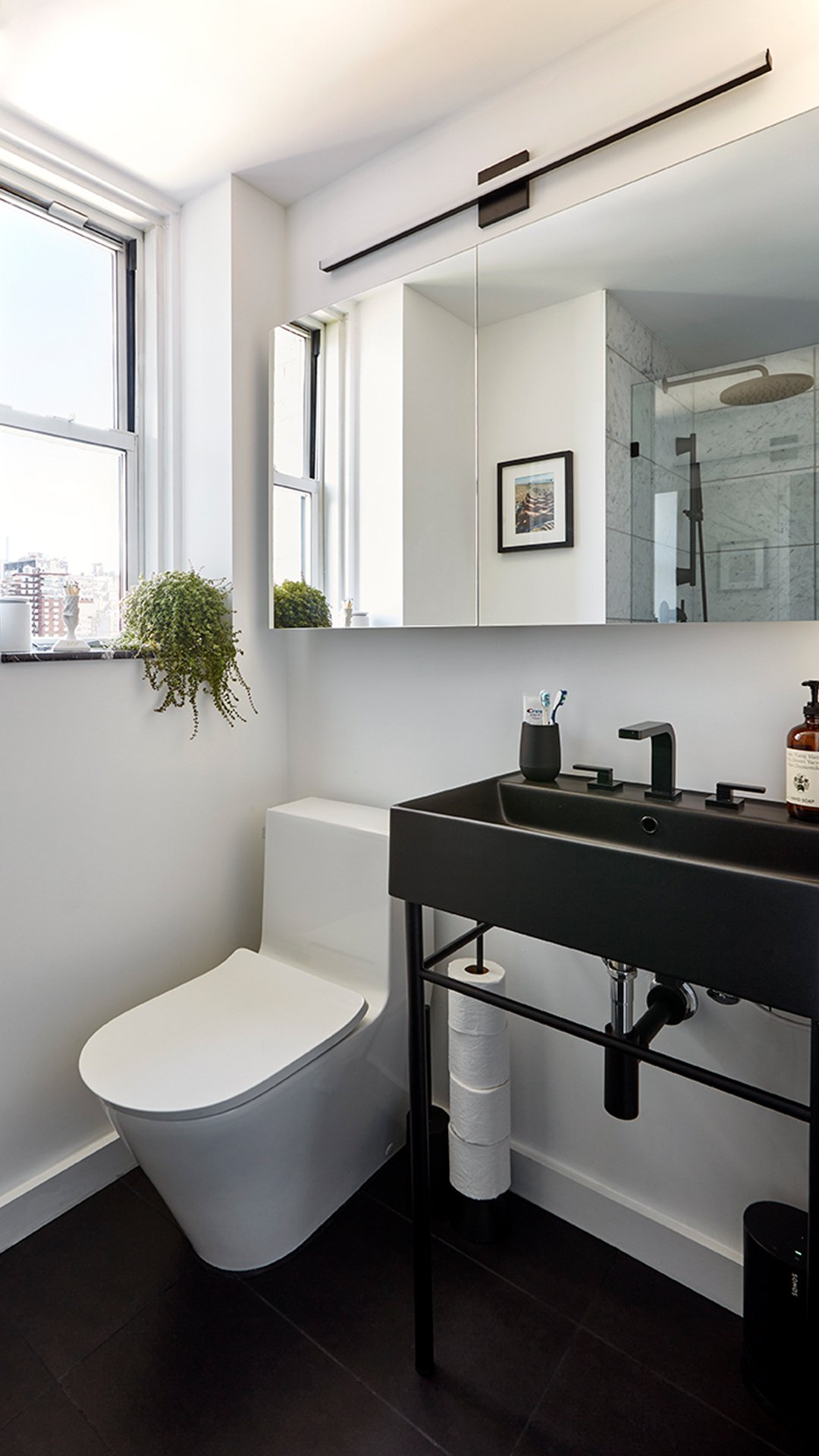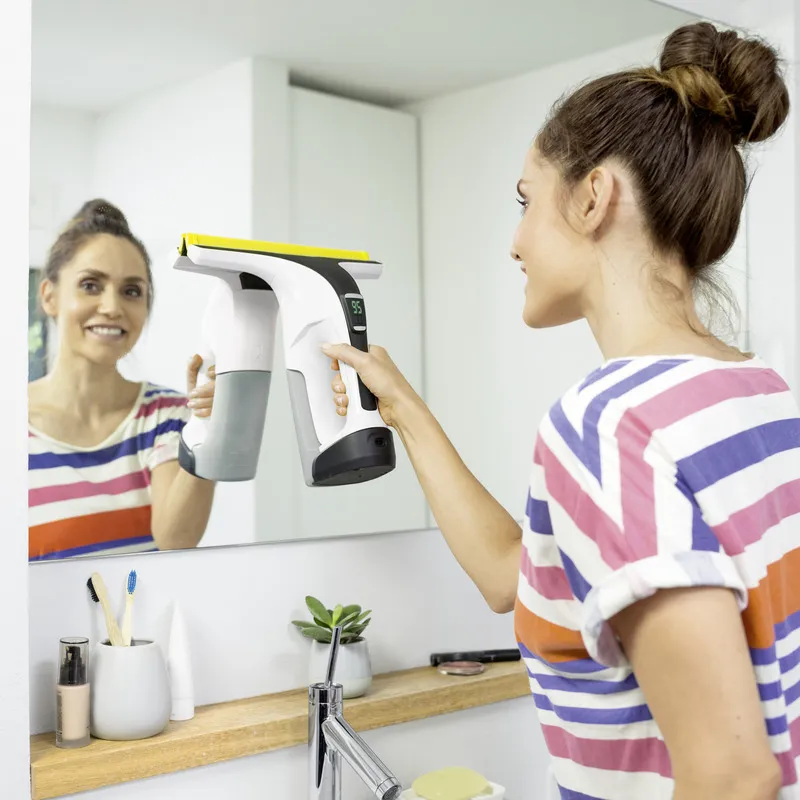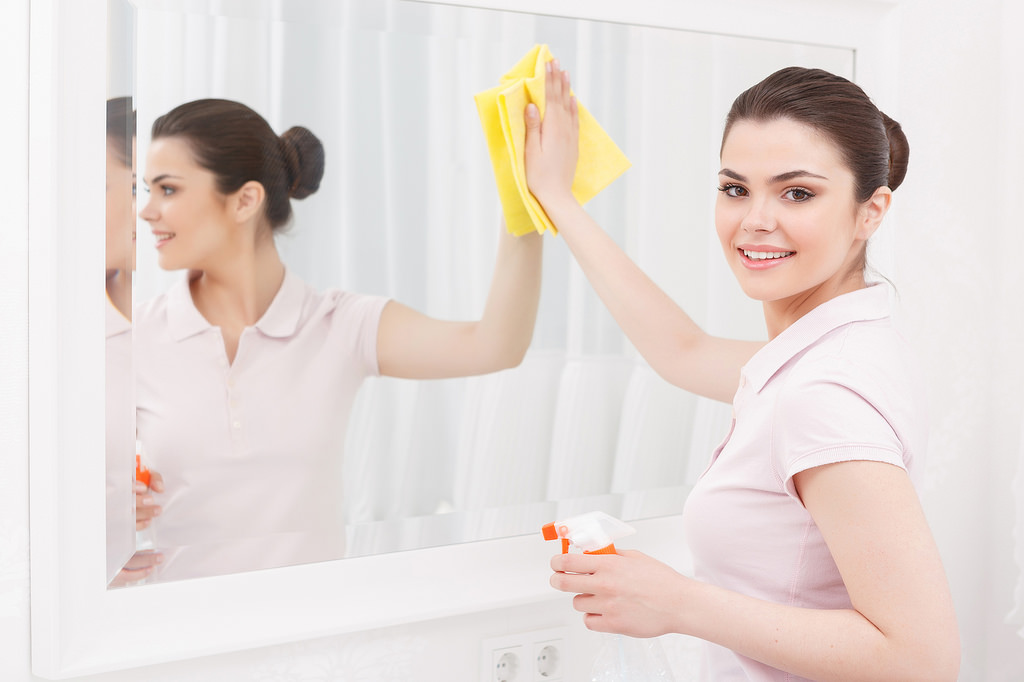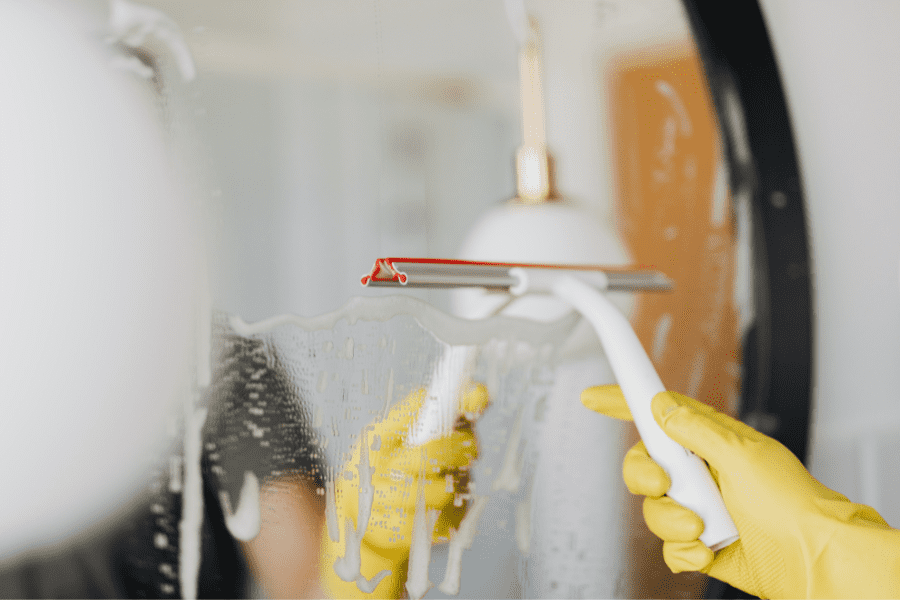Introduction of Mirror Cleaning
Mirrors are essential in our daily lives, serving both functional and aesthetic purposes. Whether it’s in the bathroom, bedroom, or hallway, a clean mirror not only helps us look our best but also brightens up the space by reflecting light and creating a sense of openness. However, keeping mirrors clean and streak-free can be a challenging task, especially with dust, fingerprints, and water spots constantly marring their surfaces. In this comprehensive guide, we will explore various techniques and tips on how to effectively clean mirrors, ensuring they remain sparkling and crystal clear.
Understanding the Basics of Mirror Cleaning
Before delving into specific cleaning methods, it is crucial to understand the basic principles behind mirror cleaning. Mirrors are typically made of glass coated with a reflective material, such as silver or aluminum. This coating is delicate and easily damaged by harsh chemicals or abrasive tools. Therefore, when cleaning mirrors, it is essential to use gentle cleaning solutions and soft materials to avoid scratching or dulling the reflective surface.
Gathering the Necessary Supplies
To clean mirrors effectively, you will need a few basic supplies that are readily available in most households. These include:
- Microfiber cloths: These are ideal for cleaning mirrors as they are gentle, lint-free, and highly absorbent.
- White vinegar: An effective and natural cleaning agent that helps dissolve dirt and grime on mirror surfaces.
- Distilled water: Using distilled water helps prevent streaks and water spots caused by minerals in tap water.
- Spray bottle: To mix and apply the cleaning solution evenly on the mirror surface.
- Rubbing alcohol: An alternative to vinegar, rubbing alcohol helps disinfect and remove stubborn stains from mirrors.
Preparing the Cleaning Solution
One of the most common and effective DIY mirror cleaning solutions involves mixing white vinegar with distilled water. To prepare this solution, follow these simple steps:
- Fill a spray bottle halfway with white vinegar.
- Top up the remaining half with distilled water.
- Gently shake the bottle to mix the solution thoroughly.
Alternatively, you can create a cleaning solution using rubbing alcohol and water by combining equal parts of each in a spray bottle. Both solutions work well in cleaning mirrors and can be customized based on your preference.
Step-by-Step Guide to Cleaning Mirrors
Now that you have gathered your supplies and prepared the cleaning solution, it’s time to dive into the step-by-step process of cleaning mirrors effectively:
- Dust the Mirror Surface: Before applying any cleaning solution, use a dry microfiber cloth to gently remove dust and loose particles from the mirror surface. This prevents scratching the mirror during the cleaning process.

- Spray the Cleaning Solution: Hold the spray bottle containing the cleaning solution a few inches away from the mirror surface and spritz it evenly across the glass. Avoid oversaturating the mirror, as excess liquid can drip down and create streaks.
- Wipe with a Microfiber Cloth: Take a clean microfiber cloth and start wiping the mirror surface in a circular or zigzag motion. Ensure thorough coverage of the entire mirror to remove dirt, fingerprints, and other residues effectively.
- Focus on Streaks and Spots: Pay special attention to any streaks, water spots, or stubborn stains on the mirror. For tough spots, spray a small amount of cleaning solution directly onto the cloth and gently rub the affected area until the stain lifts.
- Dry and Polish: Once you have cleaned the mirror surface, use a fresh microfiber cloth to dry and polish the glass. Buff the mirror in circular motions to remove any remaining streaks and achieve a sparkling finish.
- Check for Imperfections: Inspect the mirror for any missed spots, streaks, or smudges. Touch up as needed by spot-cleaning with the cleaning solution and a clean cloth.
- Final Touches: To add a finishing touch to your freshly cleaned mirror, use a dry microfiber cloth to wipe the edges and frame of the mirror. This helps remove any dust or residue that may have accumulated on the surrounding surfaces.
Additional Tips for Mirror Maintenance
Additional Tips for Ensuring Your Bathroom Mirror’s Optimal Maintenance
- Avoid Extreme Temperatures: Avoid exposing your mirror to sudden temperature changes, as this can cause the glass to crack or even shatter. For instance, do not use hot water directly on a cold mirror, and allow heated mirrors to warm up gradually.
- Handle with Care During Cleaning: When cleaning around the edges of the mirror, especially if it’s frameless or has clips holding it in place, be cautious not to apply too much pressure which might loosen its mounting or damage the edges.
- Storage Solutions for Removable Mirrors: If you have a removable or portable makeup mirror, store it away from direct sunlight and humidity to prevent discoloration, fogging, or warping.
- Regular Inspection: Periodically check the backing and edges of the mirror for signs of deterioration such as black spots or peeling, which could indicate moisture penetration and potential mirror delamination.
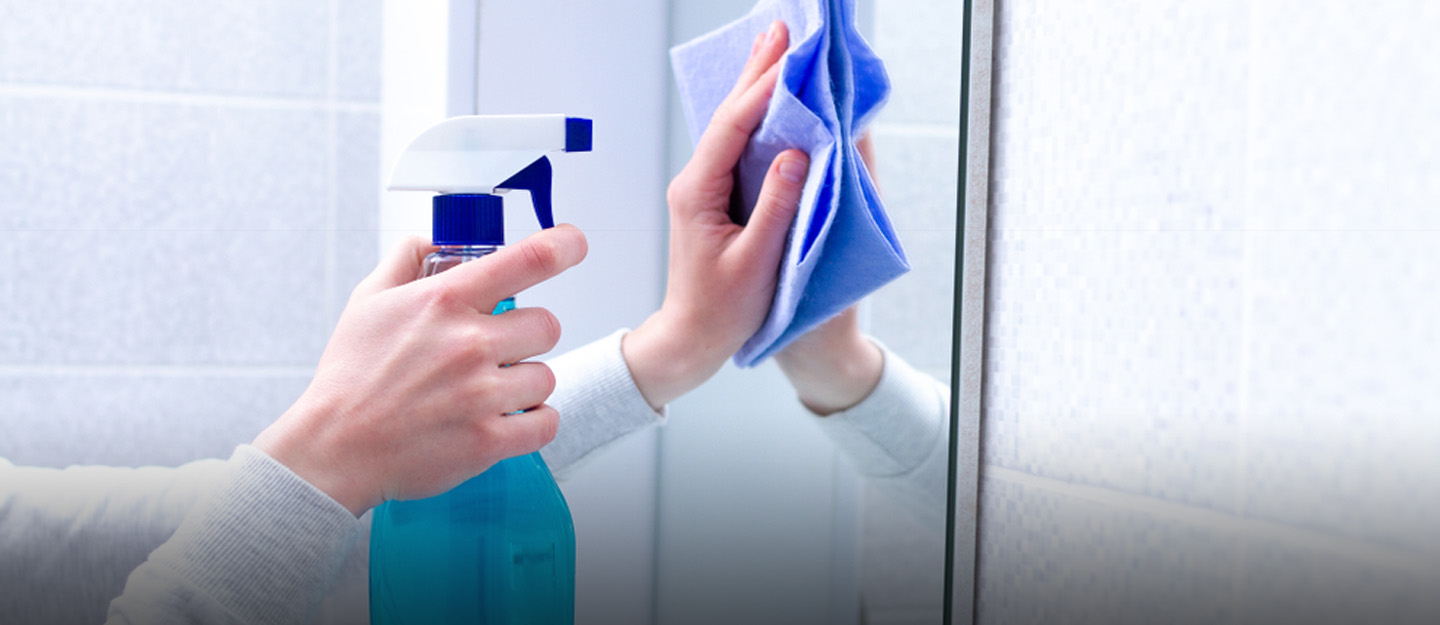
- Anti-Fog Products: Use commercially available anti-fog sprays or films designed specifically for bathroom mirrors. They create a protective barrier that reduces condensation build-up during showers.
- Professional Installation: Ensure that mirrors are installed correctly and securely, especially large or heavy ones, to minimize the risk of accidents due to incorrect hanging or faulty hardware.
- Hard Water Stain Prevention: For areas with hard water, consider installing a water softener system or using a squeegee after showering to remove excess water before it dries and leaves mineral deposits.
By being proactive and meticulous in your maintenance routine, you will preserve both the functionality and aesthetic appeal of your bathroom mirrors, ensuring they remain a practical and stylish part of your space.
Conclusion of Mirror Cleaning
A clean mirror not only enhances the aesthetics of a space but also serves a practical purpose in our daily routines. By following the tips and techniques outlined in this guide, you can maintain your mirrors’ cleanliness and clarity, ensuring they remain a reflection of beauty and functionality in your home. With the right supplies, a gentle touch, and a bit of effort, you can enjoy crystal-clear mirrors that brighten up your surroundings and elevate your décor.
Cleaning mirrors may seem like a mundane task, but with the right approach and attention to detail, it can become a satisfying and rewarding chore. So, roll up your sleeves, grab your cleaning supplies, and let your mirrors shine brightly with a newfound sparkle!
